Windrush Day 2023: who are Windrush generation and scandal explained - as Basil Watson statue unveiled
and live on Freeview channel 276
Thursday 22 June marks Windrush Day, 75 years since the Empire Windrush arrived at the Tilbury Docks in Caribbean immigrants who had been encouraged to settle in the UK by the Government following World War II.
In tribute to the Windrush generation, a monument will be unveiled at Waterloo Station in London which, the Government has said, will "create a permanent place of reflection and inspiration and be a visible statement of our shared history and heritage".
Advertisement
Hide AdAdvertisement
Hide AdThis is everything you need to know about the Windrush generation and the scandal explained.
What is Windrush Day?
Windrush Day occurs on 22 June and marks the day in 1948 when Caribbean migrants arrived in the UK aboard the Empire Windrush, stopping at the Tilbury Docks in Essex before travelling on to London. The first national Windrush Day was observed in 2019, and saw activities and events held up and down the country, following a campaign by activist Patrick Vernon in 2018.


Ahead of the 70th anniversary of the Windrush in 2019, Wilson wrote in the Guardian: “The 70th anniversary is a chance to reach across our many different ethnic, faith and family heritages to reject the prejudice and intolerance that seem to have been given a new lease of life by the fractiousness and factionalism of current debates on race, identity and immigration.
“Of course we, the descendants of that generation, will celebrate. We don’t need the government or officialdom to do that. But this is a chance for all of us to consider the past and locate Windrush in our national story. I hope we seize it.”


Advertisement
Hide AdAdvertisement
Hide AdSince then, Windrush Day has used educational workshops, theatre performances, historical exhibitions and more to honour and acknowledge the sacrifices and contributions the Windrush generation and their descendants have made.
The Government has said that it is “committed to building on the success of Windrush Day 2019, 2020 and 2021, embedding 22 June in the national conscience, ensuring that we continue to honour and recognise the outstanding resilience, innovation and creativity of the Windrush generation and their descendants”.
Who are the Windrush generation?
The Windrush generation refers to those who emigrated from Caribbean countries to the UK between 1948 and 1971, having taken its name from the SS Empire Windrush. After World War II, the British government encouraged mass immigration from former countries of the British Empire and Commonwealth in a bid to fill shortages in the labour market.
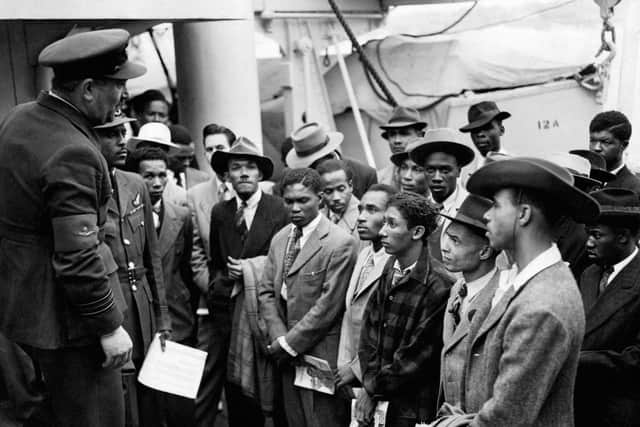

The jobs offered included things like steel, coal and iron production, running public transport and staffing the newly created National Health Service (NHS).
Advertisement
Hide AdAdvertisement
Hide AdThose who emigrated to the UK were granted the right to settle indefinitely without restrictions by the British Nationality Act 1948, which meant that those who had migrated did not need any documents when they arrived. The Empire Windrush brought 492 workers from Jamaica, Trinidad and Tobago, as well as other islands.
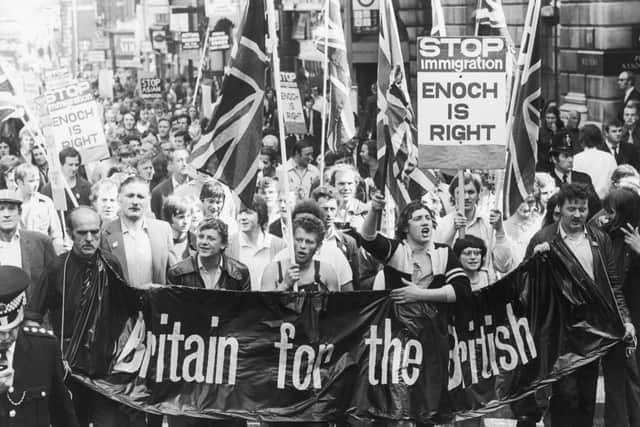

When they arrived in the UK, these passengers faced extreme racism and intolerance from the white population, despite being encouraged to settle in the country by the Government to aid the labour market.
Many were denied employment and accommodation, and were banned from social environments like pubs, clubs and churches.
What is the Windrush scandal?
The Windrush scandal is a major political scandal which broke in 2018 regarding the treatment of the Windrush generation by the Home Office.
Advertisement
Hide AdAdvertisement
Hide AdThe Windrush generation, who are legal UK citizens, were wrongly detained, denied legal rights and medical care, lost their jobs and homes, had their passports confiscated, threatened with deportation and, in over 80 cases, wrongly deported from the UK by the Home Office.
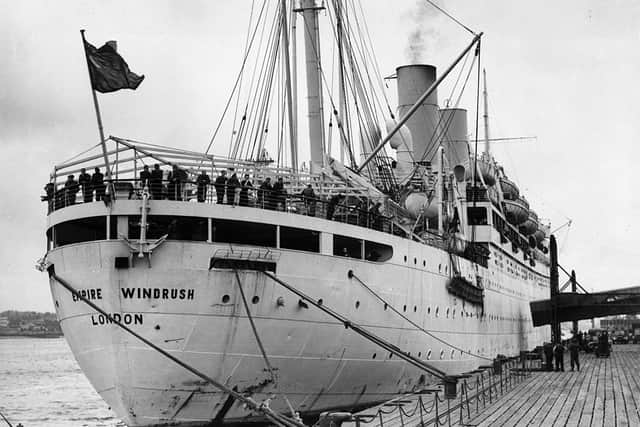

The “hostile environment” immigration policy, launched by the Conservative government in 2012, was designed to make it as difficult as possible for immigrants settled in the UK without leave to remain in the country. The hope was that this would get them to leave voluntarily.
Despite having lived and worked in the UK for decades, and the fact that Commonwealth citizens had been given indefinite leave to remain by the 1971 Immigration Act, many of these people were told that they were in the country illegally due to a lack of official paperwork.
This was because the Home Office had not kept a record of those granted leave to remain, and also issued no paperwork, making it extremely difficult for members of the Windrush generation to prove their legal status.
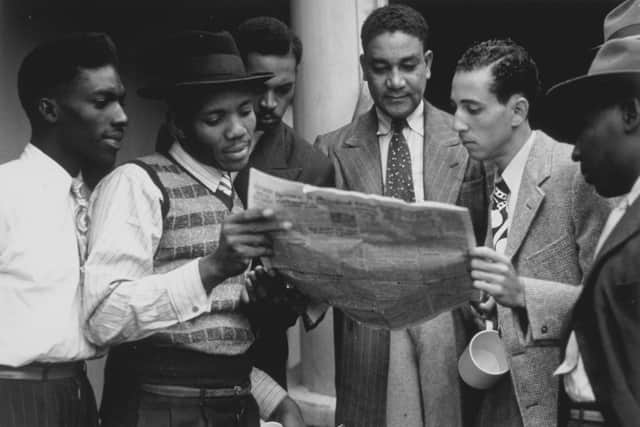

Advertisement
Hide AdAdvertisement
Hide AdWhat this meant is that hundreds of people who had lived in the UK for their entire lives were suddenly informed that they needed evidence in order to continue working, get access to NHS treatment or even remain in the UK altogether. In 2020, Wendy Williams, Senior Responsible Officer for HMICFRS’s Criminal Justice and Joint Inspection portfolio, published her independent review of the Windrush scandal, as instructed by the Home Secretary in 2018.
In her Windrush Lessons Learned Review, Williams said: “What happened to those affected by the Windrush scandal was foreseeable and avoidable.”
The report also highlighted “serious concerns that these failings demonstrate an institutional ignorance and thoughtlessness towards the issue of race and the history of the Windrush generation”.
What is the Windrush Compensation Scheme?
The Windrush Compensation Scheme was launched in 2018 in an effort to “right the wrongs” of the Windrush scandal. However, last year the scheme faced intense criticisms from the cross-party Commons Home Affairs Committee due to the fact that, as of September 2021, only 20.1% of the estimated 15,000 eligible claimants had applied for the scheme, just 5.8% had received any payment, and 23 individuals had died without receiving any compensation whatsoever.


Advertisement
Hide AdAdvertisement
Hide AdThe MPs said the design of the scheme contained the same “bureaucratic insensitivities” that led to the Windrush scandal in the first place, which was a “damning indictment of the Home Office”.
A report from the committee said that claimants faced a “daunting application process”, “unreasonable requests for evidence” and were “left in limbo in the midst of inordinate delays”.
What is the statue that’s being unveiled?
A national monument will be unveiled in one of London’s biggest train stations to pay tribute to the “dreams, ambition, courage and resilience” of the Windrush generation. The statue, which depicts a man, woman and child in their Sunday best standing on top of suitcases, will be revealed at Waterloo Station on Thursday (22 June) to mark Windrush Day.
It was designed by the Jamaican artist and sculptor Basil Watson, who said he was “truly honoured” to have been chosen when the Government shared details of the monument last October.
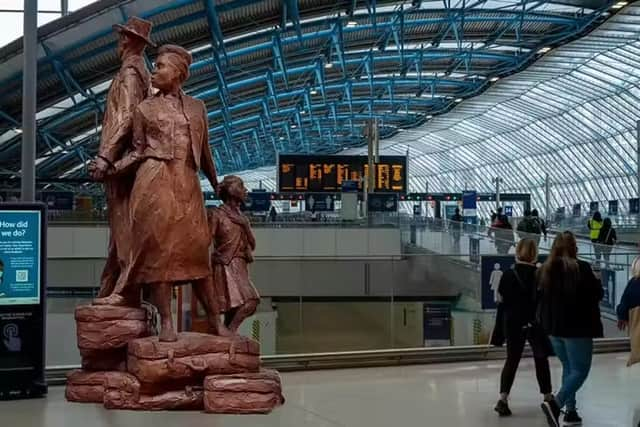

Advertisement
Hide AdAdvertisement
Hide AdHe said: “I feel privileged that I now have this opportunity to express the aspirations, vision and courage of my parents, who took the long sea voyage to England in 1952 as part of that Windrush generation in search of a brighter future.”
Watson, a sculptor and painter, has designed public sculptures and monuments around the world, including statues of Martin Luther King, Usain Bolt and Metlene Ottey. This monument paying tribute to the Windrush generation is Watson’s first public artwork in the UK. The Government, which has provided £1 million in funding for the project, said it will “create a permanent place of reflection and inspiration and be a visible statement of our shared history and heritage”.
Comment Guidelines
National World encourages reader discussion on our stories. User feedback, insights and back-and-forth exchanges add a rich layer of context to reporting. Please review our Community Guidelines before commenting.
